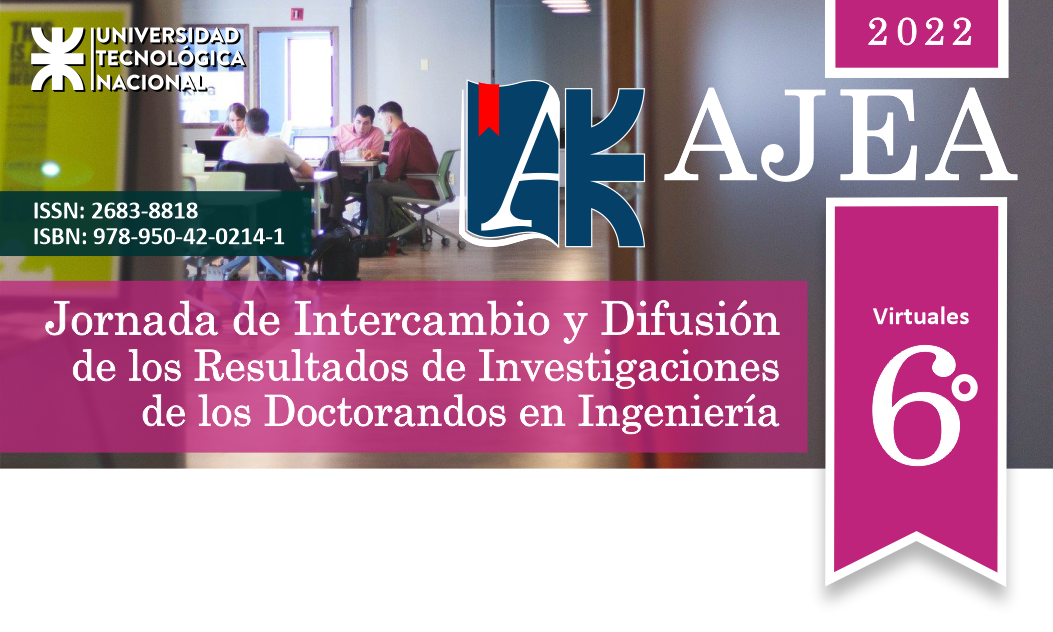Influence of the incorporation of plastic residues in the pyrolysis of peanut shells
DOI:
https://doi.org/10.33414/ajea.1103.2022Keywords:
Peanut shell, Plastic waste, Thermogravimetric Analysis, Co-pyrolysisAbstract
Co-pyrolysis is considered a promising method to recycle waste and obtain energy from it. In this work, the interaction between lignocellulosic biomass residues and plastic residues when they were pyrolyzed together at high temperatures was studied. By thermogravimetric analysis, the individual devolatilization behavior of peanut shells (B) and low-density polyethylene (P), and their mixtures in P/B 50/50 proportion, was analyzed. It was observed that at high temperatures there was a positive synergistic interaction between B and P according to the difference in weight loss. When analyzing the distribution of the compounds contained in the bio-oil obtained, it was observed that the incorporation of a chain rich in hydrogen atoms, such as plastics, caused a considerable decrease in phenolic compounds. As a result of this situation, an increase in selectivity towards aromatic-type compounds was generated; mainly benzene, toluene and xylene. The results obtained allowed us to suggest a reaction mechanism in which phenolic compounds act as a strong acceptor of hydrogen when deoxygenated; generating hydrogenation and dehydration reactions that lead to the formation of aromatic hydrocarbons.










